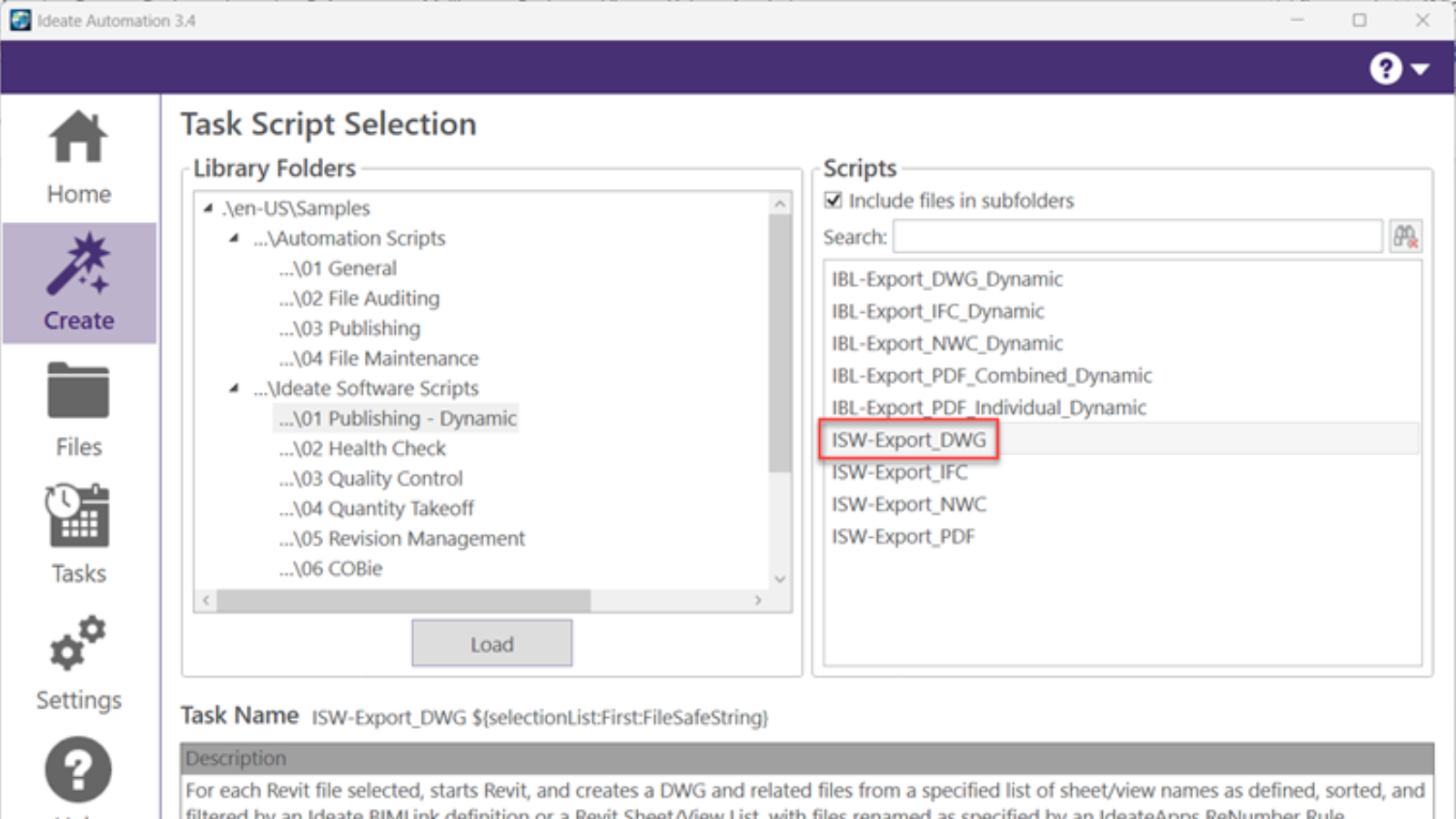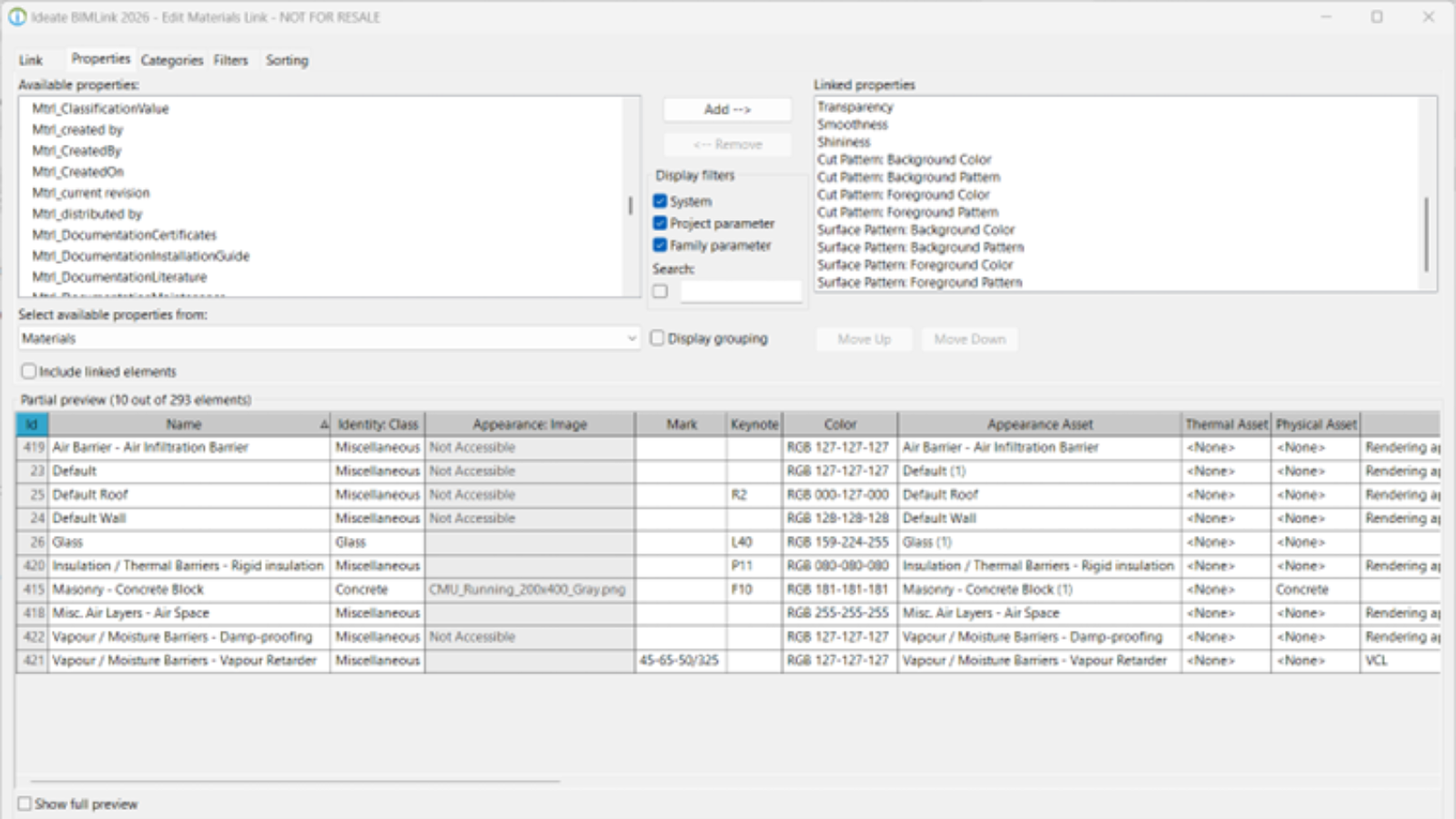Parameter Primer - Part 1
Revit offers many different flavors of parameters to choose from and they can all be overwhelming to decipher. In Part 1 of this 2-part short webinar series, we focused on some of the Revit parameter creation methods and common pitfalls of poorly organized Revit data.
Explore recent posts

TRAINING - ARTICLE | Creating DWG exports from Revit models is still an important deliverable in most AEC projects. When exporting to DWG from Revit, there is no way to control the names of the resulting dwg exports. We are limited to the choice of Short (sheet number) or Long (Revit model name, sheet, etc.).

TRAINING - VIDEO | Easily create curtain wall elevations in Revit!
Creating curtain wall elevations doesn’t have to be time-consuming. With Ideate ViewCreator, you can quickly generate curtainwall elevations from 2D view or 3D elements customize view naming, apply view templates, avoid duplication, etc.




